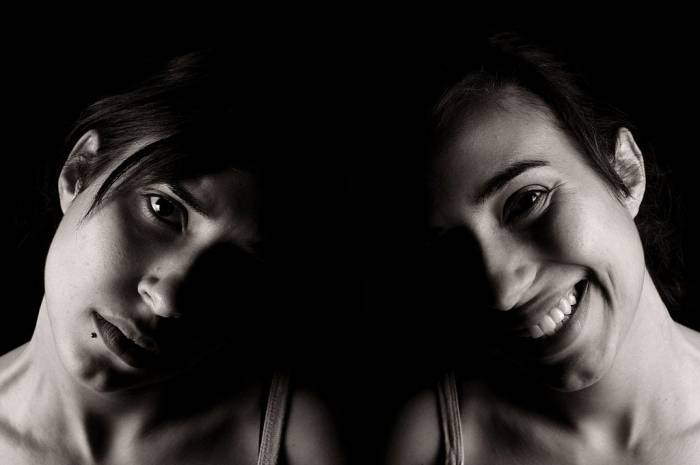In an interview, the one of the biggest selling singers in history explained how she went through years of “denial and isolation” fearing that her career would be ruined if anyone found out that she had the mental health condition.
She said she did not recognise the guilt and hyperactivity - both symptoms of a condition which affects hundreds of thousands of people in the UK - until she sought help.
What is bipolar disorder?
Bipolar, previously called “manic depression”, is a serious mental health condition where people experience significant swings in mood, with episodes of hyperactivity and depression.
It is thought between one to two per cent of adults have bipolar disorder, although NHS figures show more younger people, aged 16 to 34, are diagnosed with the condition.
Other public figures, such as Stephen Fry have talked about the challenges they have faced living with the condition, which can be hard for loved ones to understand and can lead to suicidal thoughts, but can be controlled through medication and support.
What causes bipolar?
Bipolar is thought to be the result of problems regulating chemical signalling molecules in the brain, neurotransmitters, such as erotonin and dopamine.
There is some evidence to suggest that the neurotransmitter noradrenaline can cause “highs” when its levels are elevated and “lows” when it drops.
As with many mental health conditions. its causes are unclear. Charity Bipolar UK says there is likely to be an inherited predisposition to the condition though no single genetic link has been found.
Stressful life events such as exams, illness and work or relationship pressures are thought to be triggers for bipolar, but mood swings can occur randomly.
What are the symptoms?
People with bipolar experience “highs” and “lows”, although the high is better described as mania.
Mania is characterised by increased energy, and might see someone noticeably talking faster or being more easily distracted. In serious cases this can lead to unrealistic confidence, making people aggressive or prone to uncharacteristic behaviour – like going on a spending spree.
In a depressive episode people with bipolar will feel low on energy, sad and anxious, and this can affect their feelings of self-worth, cause loss of appetite and lead to suicide attempts.
There are different categories, such as Bipolar I, where you have one or more manic episode which can last months on end; Bipolar II where you have multiple depressive episodes but only mild manic episodes.
Rapid Cycling bipolar affects around one in 10 people with the disorder who have more than four mood swings in a year.
How is bipolar treated?
There is no cure for bipolar, though medications and psychological support can help. But charities warn that the nature of the condition and a lack of specialist NHS services mean the average time to a correct diagnosis is 10.5 years.
Medications known as mood stabilisers can be taken on a long-term basis and this can control or lessen the swings from high to low, while others can treat severe episodes.
Psychological treatment such as talking therapies can help manage depression; however, there are currently long waits to access supports in many parts of the country.
Keeping active, getting enough sleep and eating well have also been shown to be helpful.
The Independent
More about: Bipolardisorder
















































